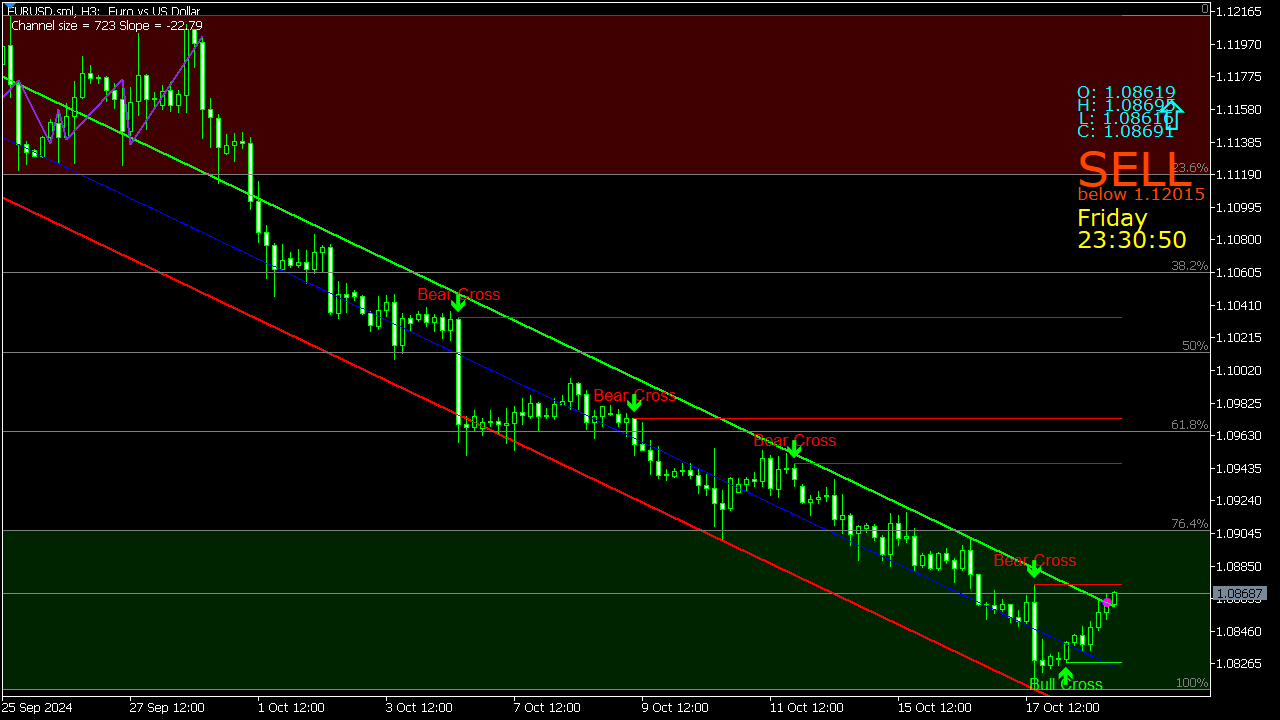Belly Swing Trading System

↪️ DOWNLOAD IT BELOW ⤵️
Swing trading is a short to medium-term trading strategy that aims to capture price swings in financial markets over a period of days to weeks. Traders using this approach typically analyze technical indicators, chart patterns, and market trends to identify entry and exit points, often focusing on stocks, forex, and commodities. Unlike day trading, swing traders maintain positions for longer, allowing them to potentially benefit from larger price movements while minimizing the need for constant market monitoring. This strategy requires a good understanding of risk management and market psychology to successfully navigate the inherent volatility.
Here are some effective swing trading strategies:
1. Moving Average Crossovers: A popular method is to look for crossovers between short-term and long-term moving averages (e.g., the 50-day and 200-day MA). A buy signal occurs when the short-term MA crosses above the long-term MA, signaling potential upward momentum.
2. Support and Resistance Levels: Identifying key support and resistance levels helps traders time their entries. Entering long when prices bounce from support or shorting at resistance levels can be effective, especially if confirmed by additional indicators.
3. Momentum Oscillators: Indicators like the Relative Strength Index (RSI) or Stochastic can help identify overbought or oversold conditions. Traders often enter long when RSI falls below 30 and then rises above it, and short when it exceeds 70 and then dips below.
4. Candlestick Patterns: Analyzing candlestick patterns, such as pin bars or engulfing patterns, can provide clear entry signals. A bullish engulfing pattern after a downtrend signals a potential reversal, while a bearish pin bar at resistance indicates a sell opportunity.
5. Trend Lines and Channels: Drawing trend lines can help traders identify trends and potential entry points. Entering trades when prices touch the trend line and show signs of bouncing back can be a reliable strategy.
6. Fibonacci Retracement Levels: Traders often use Fibonacci retracement levels to identify potential reversal levels. Entering trades around the 61.8% retracement level after a trend can yield profitable opportunities.
7. News and Economic Events: Being aware of major economic news releases, such as interest rate decisions or employment reports, is crucial. Positions can be entered before anticipated news based on expected market impact.
8. Volume Analysis: Increased trading volume often signals confirmed moves. Entering trades when prices move significantly with high volume can enhance the probability of success, as it indicates strong market participation.
9. MACD Divergence: Observing divergence between the MACD (Moving Average Convergence Divergence) and price can indicate potential reversals. A bullish divergence, where prices make lower lows but MACD makes higher lows, can signal a buying opportunity.
10. Market Sentiment Indicators: Utilizing sentiment analysis, traders can gauge the overall market mood. If sentiment is excessively bullish or bearish, entering trades against the prevailing sentiment can capture swings.
By combining these strategies and maintaining a disciplined approach, swing traders can improve their chances of making successful entries in the Forex market. Risk management and developing a robust trading plan are essential components of any effective swing trading strategy.